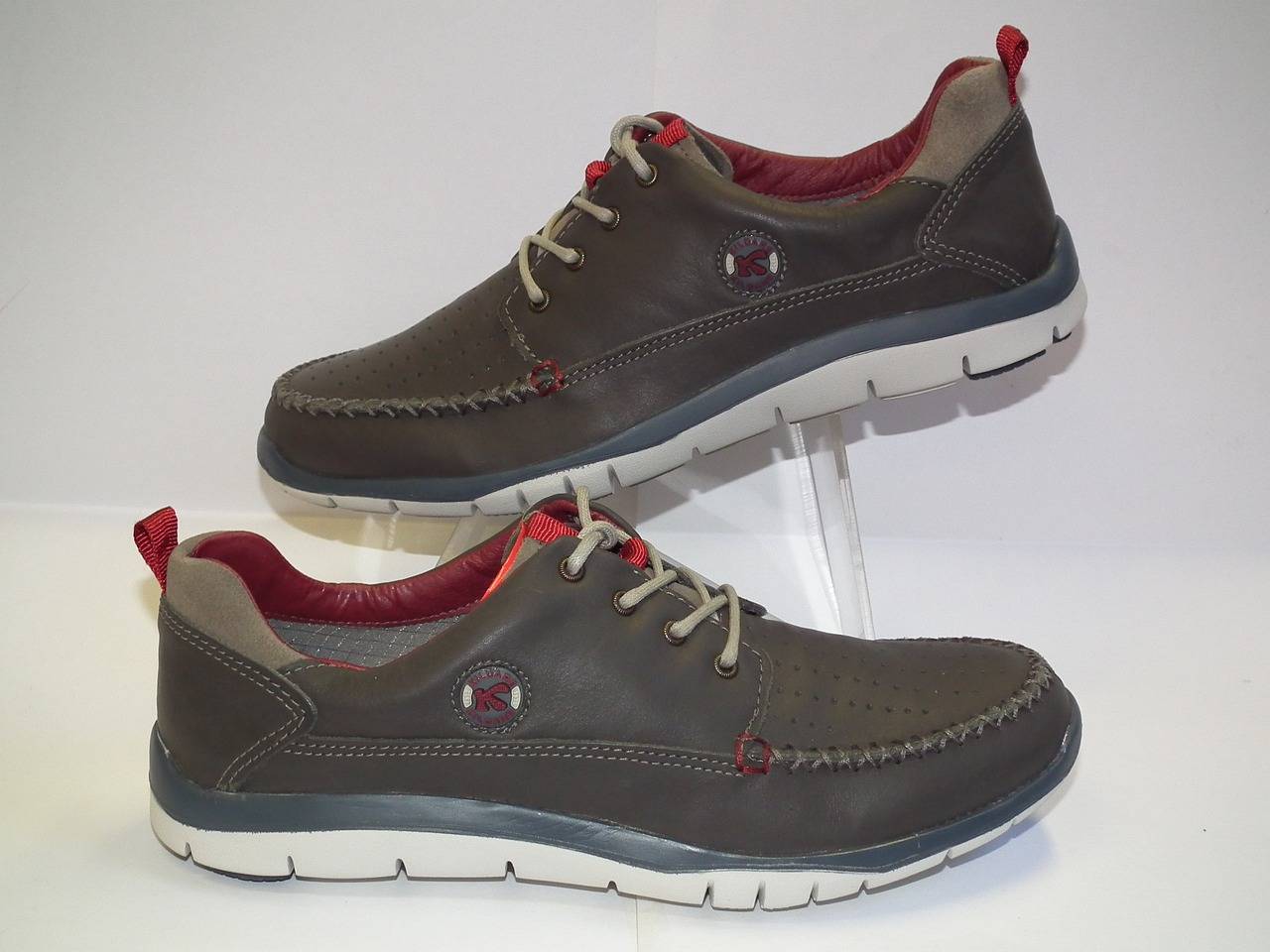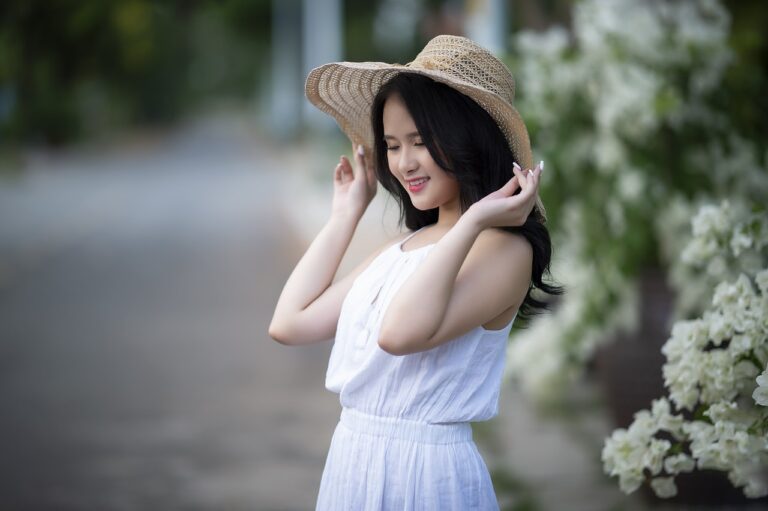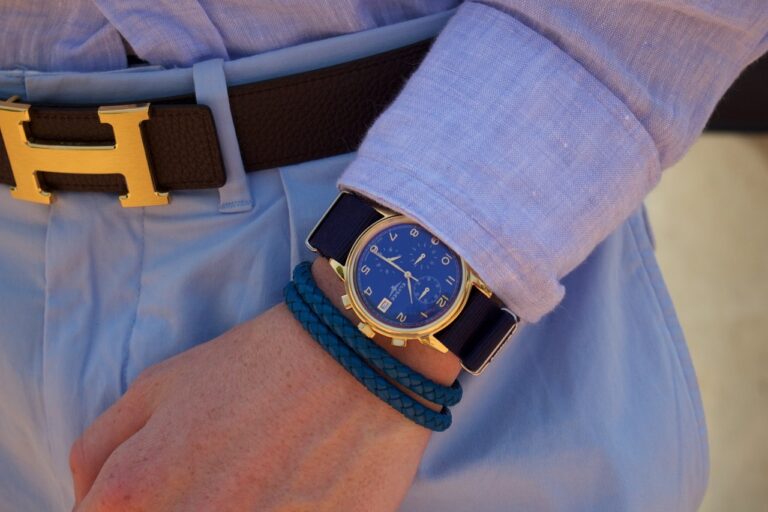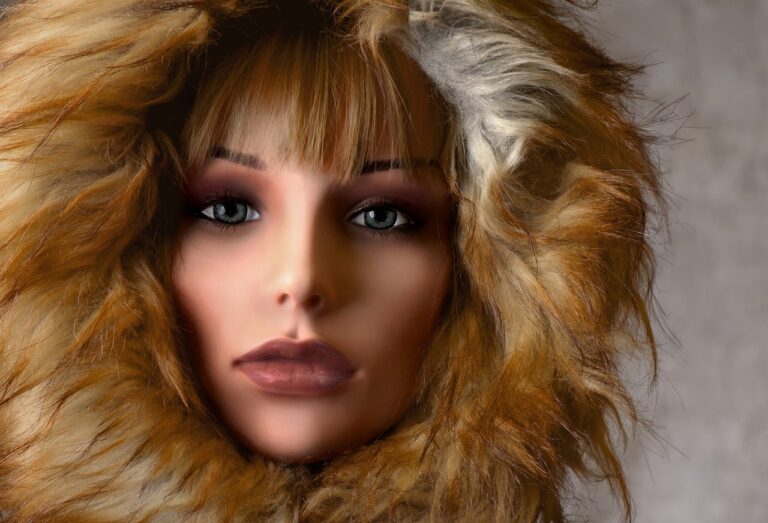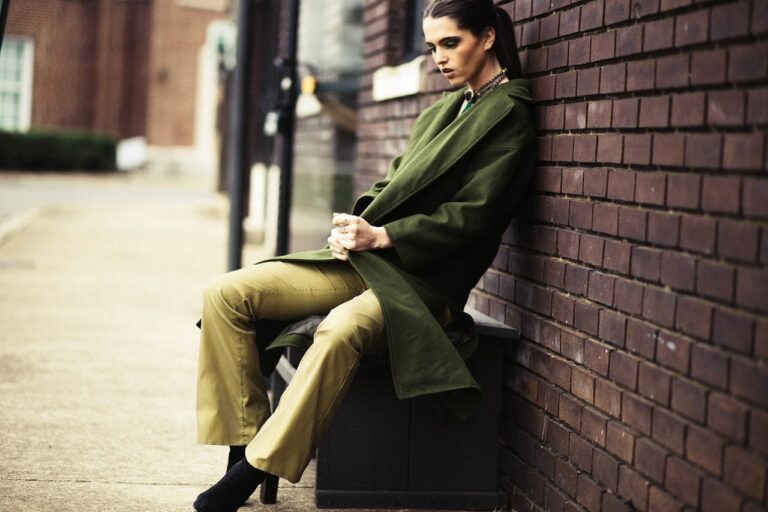Fashion and Literature: Style in Storytelling
Exploring the pages of classic literature reveals a treasure trove of timeless styles that have left an indelible mark on the literary world. Authors often meticulously crafted their characters’ attire to not only reflect the societal norms of their respective eras but also to convey deeper symbolism and character traits. From the extravagant ball gowns in Jane Austen’s novels to the sharp, tailored suits in F. Scott Fitzgerald’s works, fashion in classic literature served as a visual tool to enrich the storytelling and immerse readers in a bygone era.
Moreover, the description of clothing and styles in classic literature goes beyond mere aesthetic adornment and serves as a means of cultural and historical documentation. The attire of characters often symbolizes their social status, personality, and even their moral values, providing readers with insight into the narrative beyond just surface-level descriptions. Through the meticulous attention to detail in sartorial choices, authors in classic literature have managed to capture the essence of the time periods in which their stories are set and create a rich tapestry of imagery that enhances the overall reading experience.
The Influence of Fashion in Modern Fiction
Fashion plays a significant role in shaping the characters and narratives in modern fiction. From the choice of clothing to the portrayal of specific trends, fashion serves as a tool for authors to convey a character’s personality, status, and even their inner struggles. In many contemporary novels, the descriptions of clothing and accessories provide readers with insights into the characters’ identities and the societal contexts in which they exist.
Moreover, fashion in modern fiction often serves as a reflection of broader cultural trends and societal norms. Writers use clothing and style to comment on issues such as consumerism, class distinctions, gender roles, and individuality. Through the portrayal of characters’ fashion choices, authors depict the complexities of human behavior and relationships, adding depth and dimension to their storytelling.
Fashion Icons in Literature
In the realm of literature, there are characters who transcend their fictional worlds to become fashion icons. These characters not only drive the narrative forward but also leave a lasting impact on readers with their distinct sense of style and flair. From the elegance of Daisy Buchanan in F. Scott Fitzgerald’s “The Great Gatsby” to the rebellious spirit of Holden Caulfield in J.D. Salinger’s “The Catcher in the Rye,” these fashion icons continue to inspire and influence sartorial choices.
The way these characters dress, accessorize, and carry themselves often reflect their personalities, social statuses, and inner struggles. Whether it’s the dashing Mr. Darcy in Jane Austen’s “Pride and Prejudice” with his refined and aristocratic attire or the eccentricity of Holly Golightly in Truman Capote’s “Breakfast at Tiffany’s” with her iconic little black dress and oversized sunglasses, fashion becomes a powerful tool for authors to deepen the characterization and immerse readers in the world of the story.

